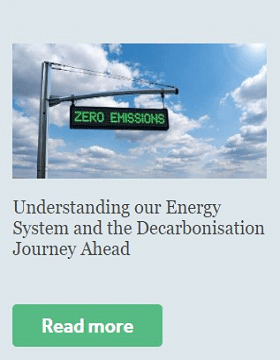
Sandpiper Group Launches Sandpiper Research & Insights

Central Banks, Fintech, and Crypto – The Financial System of the Future
China Introduces New Voluntary Carbon Trading Scheme
July 2023

This article was originally published in Sandpiper’s Green China Weekly Newsletter. The newsletter provides insights on issues and most recent policy updates related to sustainability, environment, and energy in China. Click here to subscribe.
On 7 July, China’s Ministry of Ecology and Environment (MEE) and State Administration for Market Regulation (SAMR) jointly issued a draft of their Administrative Measures for Voluntary Greenhouse Gas Emissions Reduction Trading (the “Administrative Measures”), now soliciting public comments. This move marks a critical step towards the relaunch of the China Certified Emission Reduction (CCER) programme – China’s equivalent of carbon credits – after a six year hiatus, brought about by inadequate regulations and project irregularities.
Following China’s sweeping institutional reforms of 2018, the responsibility of addressing climate change was transferred from the National Development and Reform Commission (NDRC) to the MEE. Since then, the MEE has become an indispensable actor in the development of any future carbon trading scheme in China. As such, the recent policy represents a significant departure from the “interim measures” issued in 2012 during the previous CCER scheme.
The methodology is the foundation of carbon emissions reduction. According to the Administrative Measures, the MEE will consult with other ministries and the general public, but will ultimately be solely responsible for developing methodologies on future carbon credits in China. In March 2023, the MEE began soliciting public input on carbon emissions reduction methodologies. During the previous CCER scheme, which ran between 2012 and 2017, methodologies did not need preliminary approval but were subject to a subsequent review from the government; meanwhile, methodologies approved by the UN’s Clean Development Mechanism (CDM) were accepted without any additional procedures or conditions.
The MEE will now play the predominant role in the approval, registration, trade, and verification of carbon credit projects. Nationally unified institutions and platforms for registration and trading will be established by the MEE. In comparison, under the previous scheme, project developers and corporate buyers could conduct off-site transactions independently.
In the meantime, third-party auditing agencies planning to deal with carbon credits must first be reviewed and approved by the MEE and the SAMR before entering the field. These agencies will be responsible for ensuring the projects’ authenticity, exclusivity (not being certified under other standards), and additionality (the condition that additional emissions reductions should be a consequence of the trading system and would not have been achieved otherwise). The emission reductions must be verified by the agencies before being traded.
Overall, China is advancing its carbon credits trading system under a centralised management structure. With strong government endorsement, and possible incentives, China’s new CCER programme is likely to gain a competitive advantage domestically against existing international trading standards, such as the Verified Carbon Standard (VCS), Gold Standard (GS), American Carbon Registry (ACR), and Climate Action Reserve (CAR). With the wider adoption of CCER, China will be able to advocate for its own carbon emissions standards in international negotiations.





